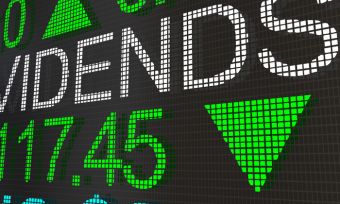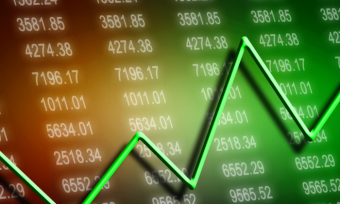Author: Ted Richards
What is an ETF?
An exchange-traded fund (ETF) is simply a “wrapper” around a collection of assets. Often these assets are equities (or stocks), but ETFs can also wrap around other asset classes, such as infrastructure, commodities, bonds and even cash.
What is inside an ETF?
Within the ‘wrapper’ of an ETF can be hundreds or even thousands of companies. The make-up of the companies within the wrapper can either be actively selected by a portfolio manager or, more commonly, determined by the index that it has been built to track. Whilst it may appear that two ETFs are the same, there can often be differences inside the ETF.
For example, two common ETFs that invest in companies on the New Zealand stock market (NZX) are Smartshare’s S&P/NZX 50 ETF (NZG) and NZ TOP 50 ETF (FNZ) ETFs.
While they both invest in the top 50 largest NZ companies, the NZ TOP 50 ETF (FNZ) puts a 5% cap on the weight of each product, while the weighting of each company in the S&P/NZX 50 ETF (NZG) is based on its market capitalisation.
What to look out for when choosing ETFs?
Past performance
Past performance is not an indication of future performance. But, you may notice that, usually, the best performing ETFs available are some form of leveraged ETF. You should also note that the worst-performing ETFs are often leveraged ETFs too. The reason being is the leverage simply amplifies the returns or the losses!
→Related article: What To Do When the Stock Market Goes Down
While it can be exciting to think how leverage could increase your returns, it does come with a higher level of risk. Not only might you be putting all your eggs in one basket if investing in one leveraged ETF, but you’re kind of borrowing other people’s eggs and putting them in the same basket too.
Liquidity
One of the benefits of ETFs is that they have an ‘open-ended’ structure. What this means is that the ETF can be bought and sold on demand to minimise ‘tracking error’ and maintain its value close to its net asset value (NAV). It does this when required by either creating new shares or removing them out of circulation when required. If you’re putting together your own portfolio of ETFs, look for highly liquid ETFs.
Level of fees
The fee for an ETF is usually referred to as the Managed Expense Ratio (MER). This is one of the big benefits of ETFs, as the level of fees they charge can be very low.
For example, the Smartshares S&P/NZX 50 ETF has just a 0.20% fee. So if you invest $100o, you’d pay just $2 in fees.
What is a LIC?
A LIC is a listed investment company that provides exposure to a diversified portfolio that can be traded on an exchange but is constructed in a different way to an ETF.
What is inside a LIC?
A LIC usually contains actively managed investments where a fund manager individually selects a portfolio of investments (such as equities or fixed income). Before the advent of LICs, the process of investing with active fund managers offered a poor user experience involving a lot of paperwork, large minimum investments and significant timing delays.
LICs remove much of this as they are listed on an exchange and can be conveniently bought.
However, unlike an ETF, LICs don’t offer the same level of transparency. You won’t know all the companies within the underlying portfolio of a LIC because their issuers can pick and choose them and they aren’t required to publish their holdings daily.
What’s the difference between ETFs and LICs?
The big difference is the structure. An ETF is open-ended, whereas a LIC is closed-ended, which means that a set number of shares are issued. This can mean the value of shares in a LIC can drift significantly from its net asset value (NAV). The fixed amount of capital within a LIC can be a good thing if you have lots of buyers driving the price above its NAV. However, the opposite is far more common. After a LIC lists on the stock market, the majority end up trading at a discount to their NAV.
An ETF is much more likely to closely track its NAV.
So which is better?
In the same way, it can be hard to generalise the quality of all stocks on the stock market, it can be hard to generalise the quality of all ETFs and LICs. Be it stocks, ETFs or LICs, some are certainly better than others, and some should be avoided depending on your personal situation. A few closing points to consider:
- ETFs usually have lower fees. Fees are among the most important things an investor can control as high fees can erode the power of compound returns
- ETFs tend to be more transparent in what they’re invested in and contain
- LICs are usually offered by active fund managers who are actively trying to get the best return. Whereas, ETFs tend to be passively managed and won’t ever beat the index that they are tracking
Compare online share trading platforms

About the reviewer of this page
This report was reviewed by Canstar Content Producer, Andrew Broadley. Andrew is an experienced writer with a wide range of industry experience. Starting out, he cut his teeth working as a writer for print and online magazines, and he has worked in both journalism and editorial roles. His content has covered lifestyle and culture, marketing and, more recently, finance for Canstar.
Enjoy reading this article?
You can like us on Facebook and get social, or sign up to receive more news like this straight to your inbox.
By subscribing you agree to the Canstar Privacy Policy




Share this article